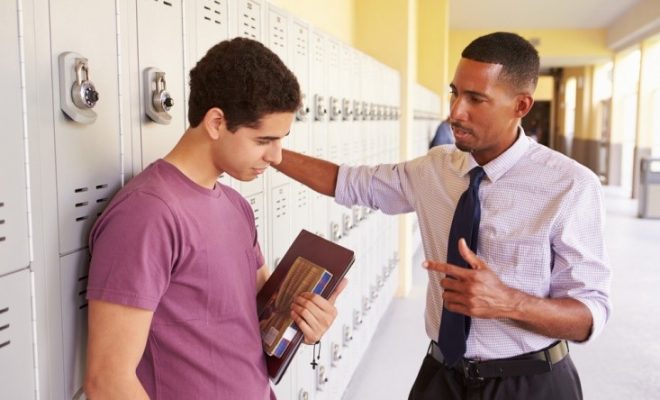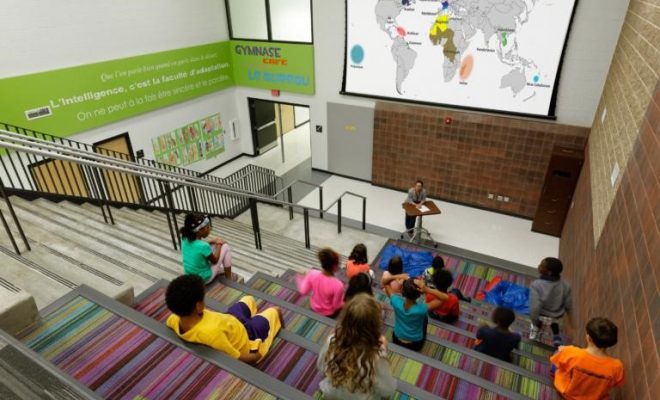How Schools Can Use Edtech to Combat Truancy

Skipping school used to be a minor problem that teachers faced from only a handful of students. Unfortunately, the rates of truancy and faked excuses are continuing to grow as students disengage from the classroom. Some teachers might be glad to have a break from “problem students” for a day or two, but truancy should be considered a much more serious issue.
Truancy is often considered to be the catalyst for other long-term problems students will face after their school years are over. It could be the early warning sign of substance abuse, teen pregnancy, and overall delinquency for a student. It’s clear that we have to do more to combat this growing problem, but is edtech the solution?
There are several ways that edtech could contribute to a lower truancy rate for schools who are willing to take a risk. Stepping out to attempt the use of new technology might be a terrifying prospect for those dedicated to traditional teaching methods. However, the bottom line is that edtech might be able to keep students in school. Isn’t it worth a try?
Edtech engages learners.
Students don’t want to go to a class where they don’t feel as though they are engaged. Old-school educators who want to continue attempting lectures and slideshows are losing the interest of their class. Fortunately, edtech might be able to recapture their interest in learning. When students are excited to come to class each day, they tend to put forth more effort toward actually arriving on time.
In short, edtech in the classroom could encourage students to show up more regularly. This motivation could be all that’s needed to decrease truancy rates, but it isn’t the only tactic districts can take.
GPS-monitoring could help to connect students.
Everyone knows that you can quickly use GPS-monitoring to see someone’s precise location in an instant. One of the new studies regarding GPS-monitoring demonstrated that students who were monitored via GPS tended to have higher school attendance rates and grades as a result.
At-risk students and those who were willing to participate in the trial were connected with a mentor. When the GPS function showed that they weren’t in school, the mentor would reach out for a recorded phone call to encourage them, talk with them, and check in to see how things were going. The investment in their lives and the accountability from the GPS-monitoring made students more likely to show up in the classroom by the end of the study.
There are so many resources available to school districts that could encourage students to attend class regularly. Some of these students simply need help maintaining interest in their studies while others could benefit from greater accountability and mentoring relationships. No matter what tactic a district chooses to take, it seems that edtech could have a real influence on the truancy rates at a particular school. Start to help students avoid some of the key issues they might be facing in years to come by using edtech to entice them back into the classroom for a well-rounded education.






